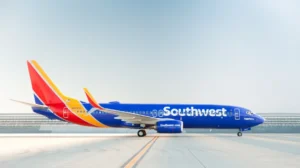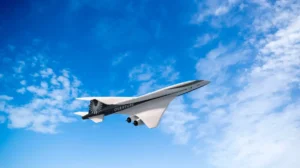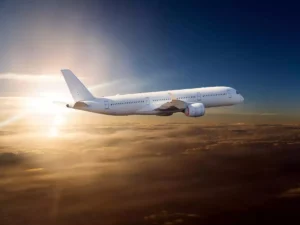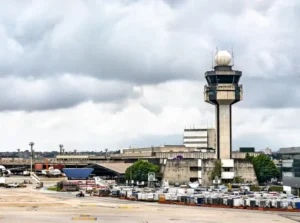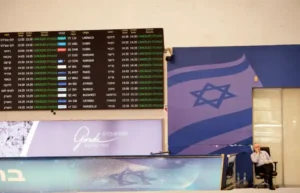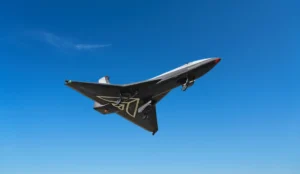Legendary Flight: A Tale of Grit, Gambles, and Endurance in the Skies
When you think of marathon flights, think of Robert Timm and John Cook. In 1958-1959, these two aviators etched their names in history by embarking on the longest non-stop flight ever recorded. Spanning an astonishing 64 days, 22 hours, and 19 minutes, their journey over Las Vegas covered 240,000 kilometers (150,000 miles), equivalent to circling the Earth over six times.
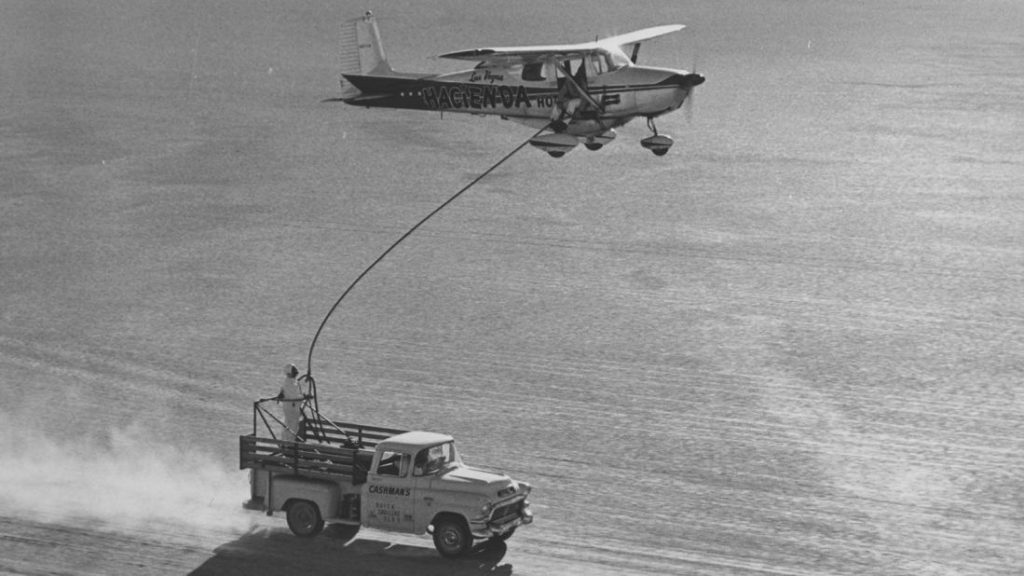
Photo Source: https://edition.cnn.com/
Since that remarkable feat, their endurance record has stood unchallenged for 65 years. Not even unmanned aircraft have surpassed it. In 2022, the solar-powered drone Zephyr came agonizingly close, crashing just 4 hours short of the milestone.
The genesis of this extraordinary flight traces back to the grand opening of the Hacienda Hotel and Casino on the Las Vegas Strip in 1956. Seeking to capture attention, the hotel’s owners concocted a daring plan: paint the hotel’s name on a plane and use it to break the endurance record.
Assigned to pilot this audacious endeavor was Robert Timm, a former WWII bomber pilot turned slot machine mechanic. Their aircraft of choice? A modified Cessna 172, equipped with a 95-gallon belly tank for extended range.
Fueling mid-air presented a logistical challenge, but ingenuity prevailed. A special tank was rigged to a truck on the ground, enabling refueling during low-altitude passes. Precision flying was paramount, especially during nocturnal refueling operations.
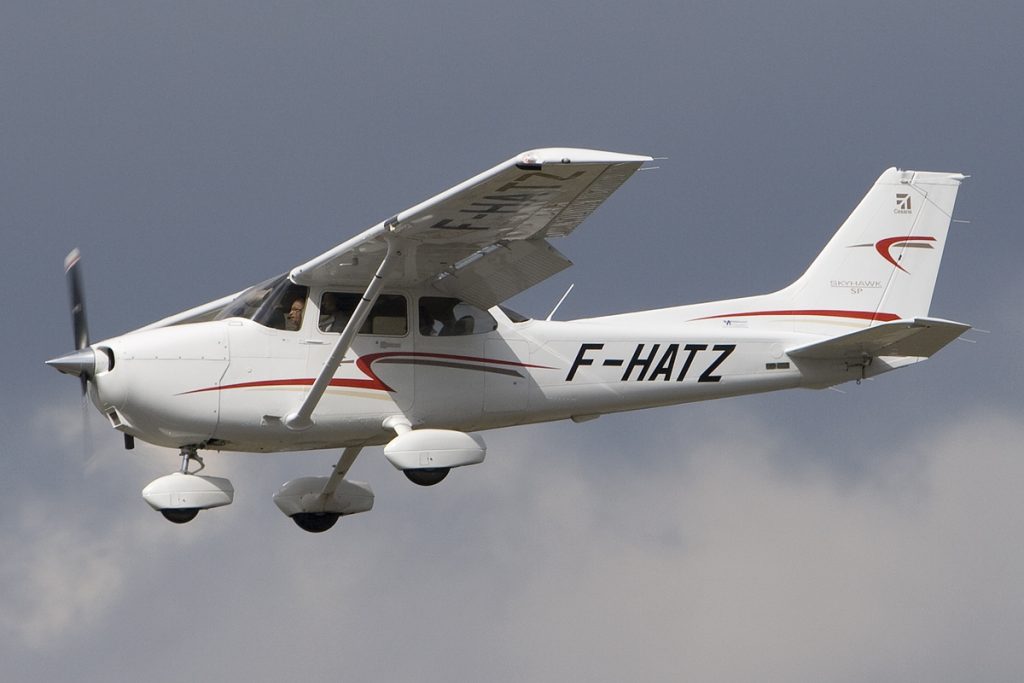
Timm’s initial attempts were thwarted by mechanical mishaps, including refueling snags. Undeterred, he joined forces with airplane mechanic John Cook for a fourth attempt. On December 4, 1958, they departed from McCarran Airport, commencing a marathon flight that defied the limits of human endurance.
Refueling maneuvers took place along a straight road bordering California and Arizona, where a vehicle matched the aircraft’s pace. These stops also facilitated the exchange of supplies, including food, water, and essentials.
As for lavatory arrangements, a foldable camping toilet sufficed, with used bags discarded into the desert below. Sleep was a luxury, with the pilots taking turns on a mattress in the cramped cabin. Cook chronicled their journey in a diary, its entries reflecting the toll of fatigue and monotony.
The 36th day nearly spelled disaster when Timm nodded off, leaving the plane on autopilot for over an hour. A subsequent autopilot malfunction underscored the peril of sleep deprivation at 4,000 feet.
Approaching the 65th day, Timm and Cook opted to end their odyssey. Their record secure, they landed on February 7, 1959, leaving an indelible mark on aviation history.
Though Timm passed away in 1976 and Cook in 1995, their legacy endures. Their feat, achieved closer to the Wright brothers’ era than our own, serves as a testament to human perseverance in the face of daunting challenges.

Yet, as Cook wryly noted, such triumphs come with a cost. Reflecting on their ordeal, he quipped about preferring a makeshift flight experience involving a garbage can and a vacuum cleaner. After all, even pioneers of the skies need a break – until the psychiatrist’s office opens, that is.

